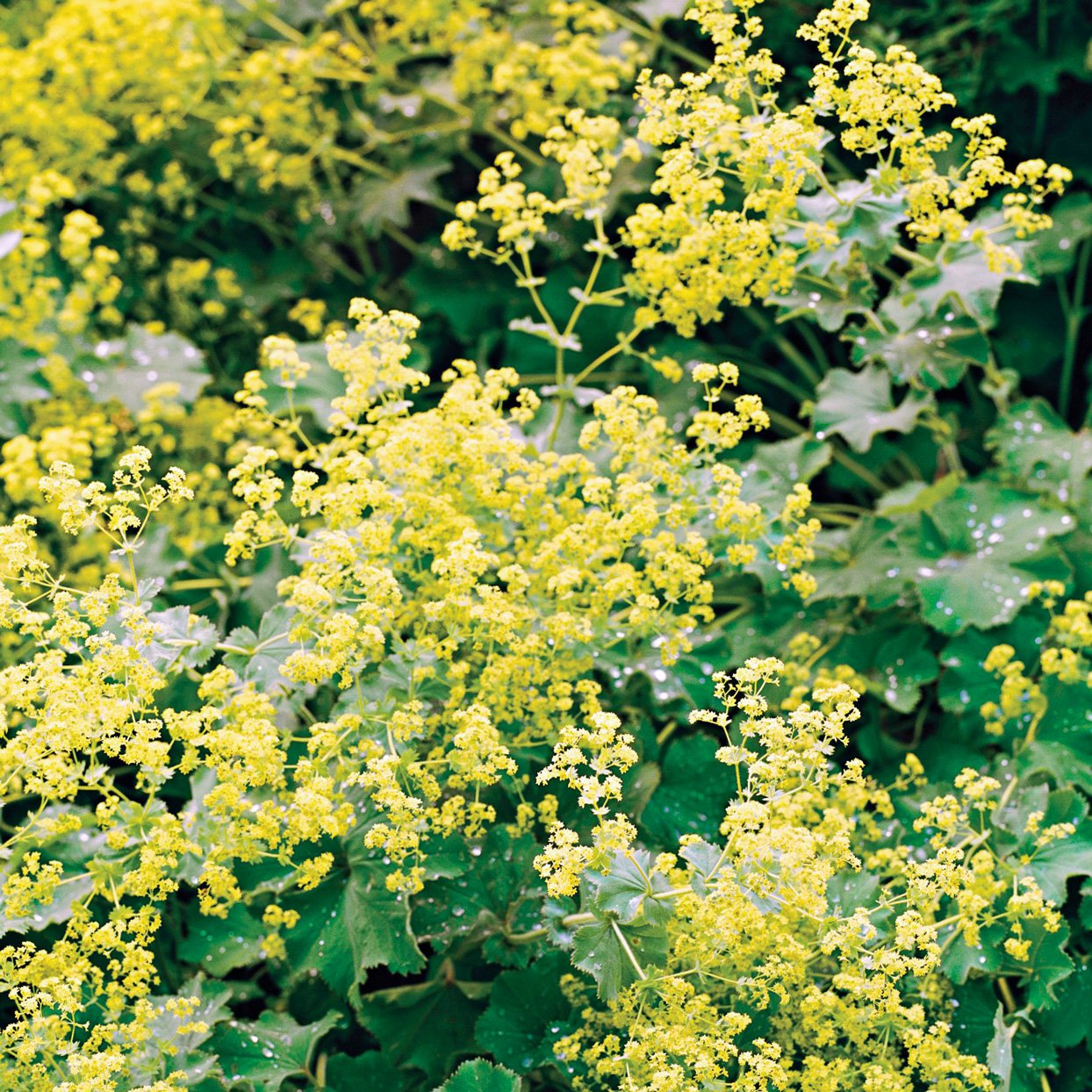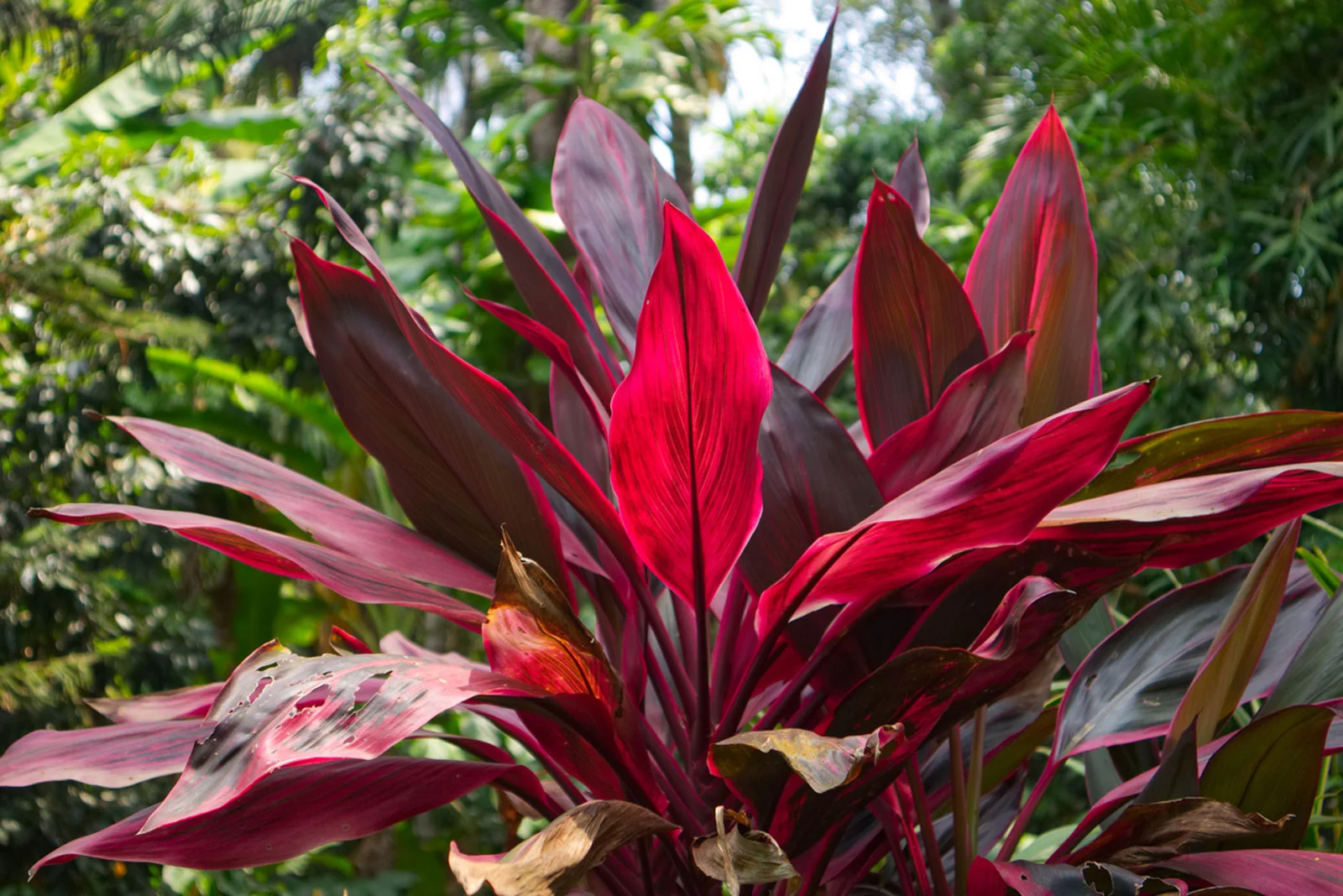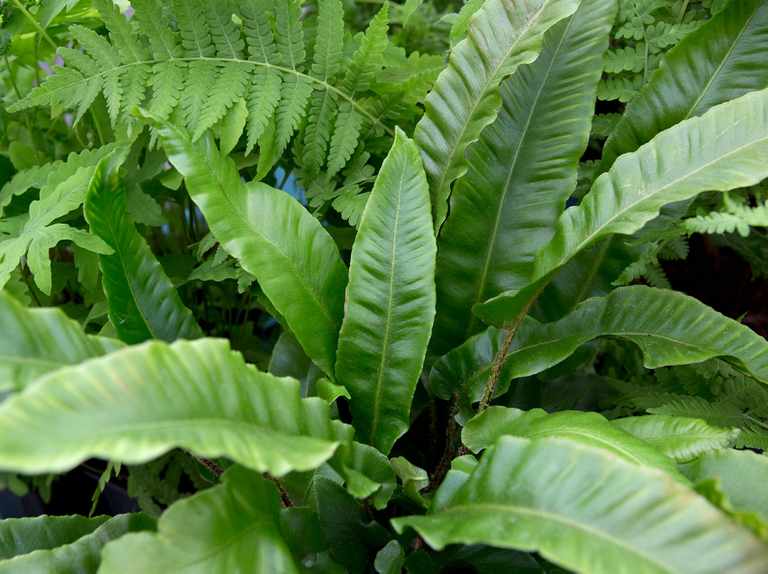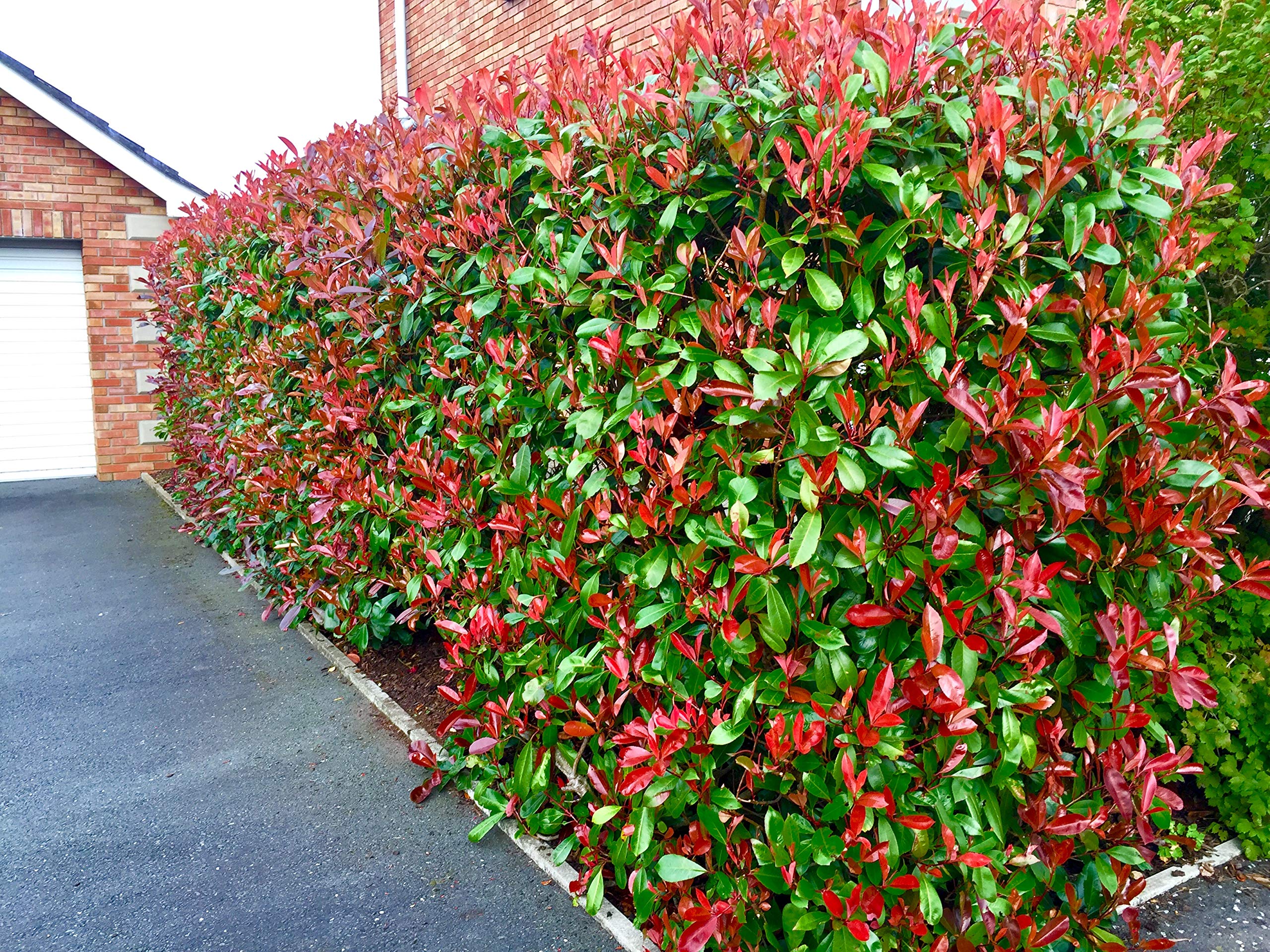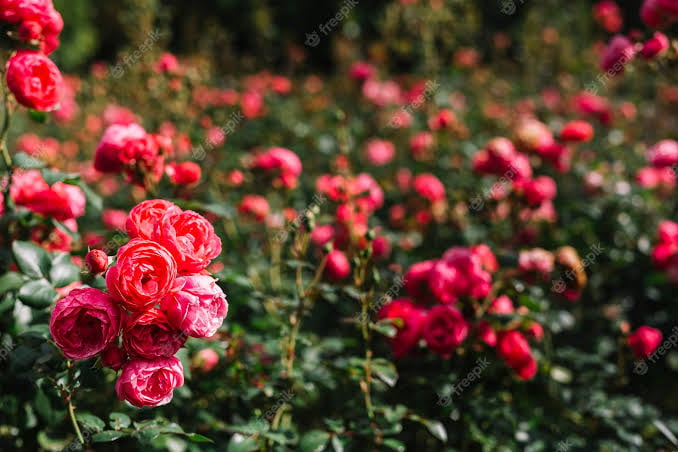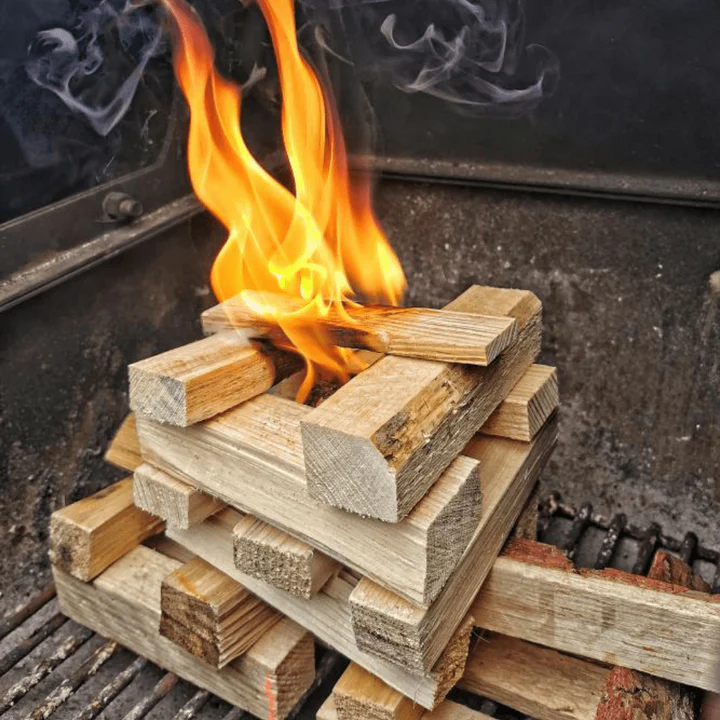Do You Cover Begonia Tubers with Soil?
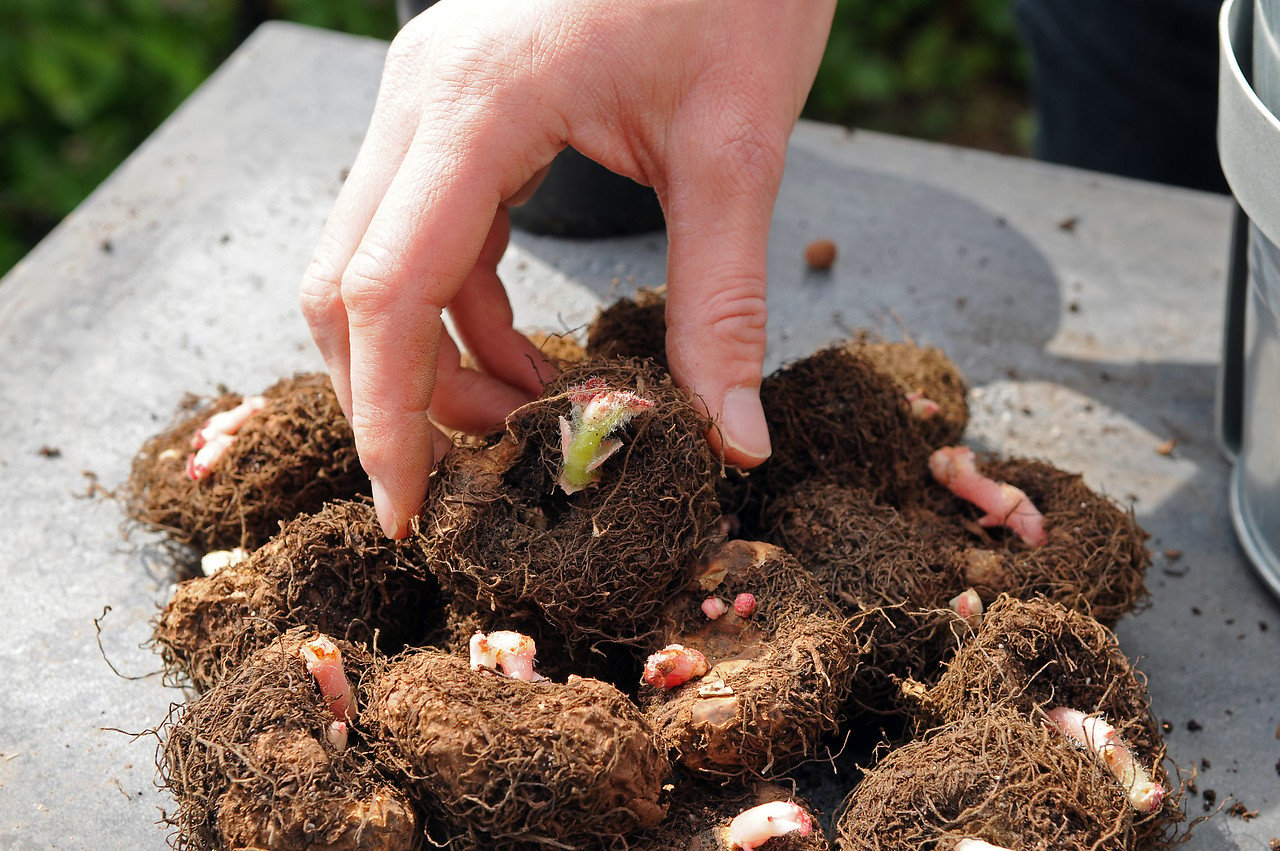
Table of Contents
Begonias, those lovely flowers cherished by many garden enthusiasts, often raise a common question about planting their tubers. Do you cover Begonia Tubers with Soil? Let’s find this! Think of begonia tubers as the secret cells of the begonia plant. These bulbous structures store vital nutrients for the plant’s growth. When you’re ready to plant begonias, you might wonder how deeply these tubers should go into the ground.
Covering begonia tubers with soil also helps maintain the right moisture levels and shields them from extreme weather conditions. As they grow, they’ll send out shoots and leaves that will emerge from the soil and eventually convert into beautiful begonia plants.
So, start covering them. Remember, a modest layer of soil cover is accurately what they need to flourish and bring lively blooms to your garden!
What is Begonia Tubers?
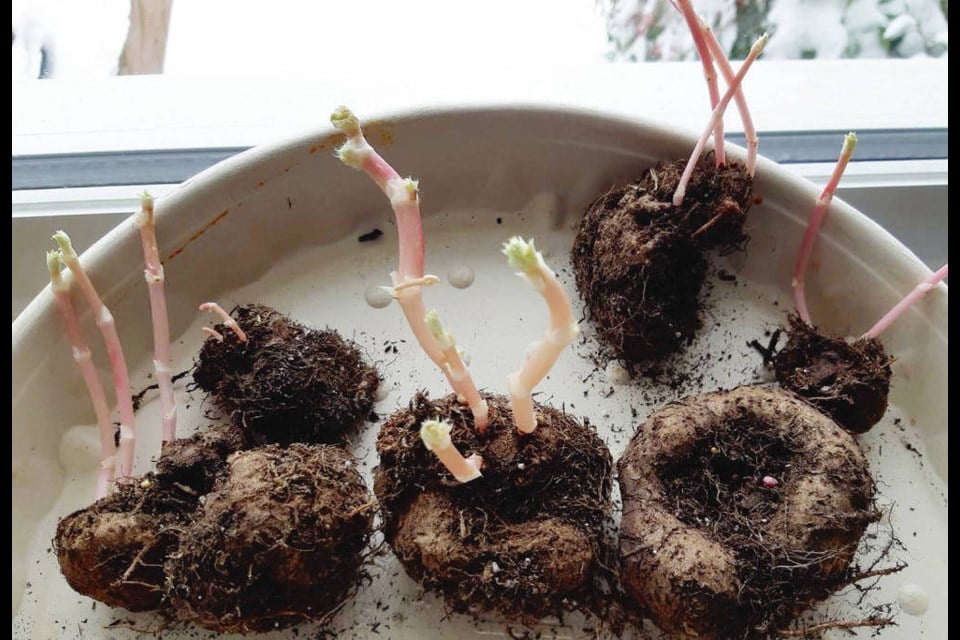
Begonia tubers are like secret energy cells for begonia plants. When the plants take a nap, these tubers step in as the plant’s snack store. Think about them as tiny, lumpy potatoes hiding underground. They’re crucial for lots of begonia types.
These tubers keep food and water safe, helping the plant tough it out during tough times. Begonia tubers can be different sizes and shapes, depending on the begonia type. You can also count how many begonia tubers in a hanging basket. They usually look brown or reddish-brown and feel pretty solid when you touch them.
How to Be Successful with Tuberous Begonias
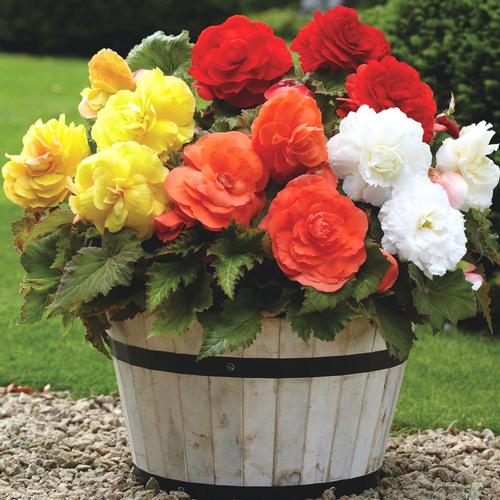
Tuberous begonias are lovely flowering plants that can bring grace to your garden or indoor area. To help your tuberous begonias grow well and produce beautiful blooms, here’s an easy guide on how to take care of them.
1. Pre-Sprout the Tubers
To help your tuberous begonias grow faster, you can do something before planting them. Put the tubers in a flat container with soil and keep it in a warm, bright place. Soon, you’ll see small shoots coming out of the tubers, which makes the begonias start growing quicker.
2. When to Plant
Tuberous begonias don’t like chills, so it’s best to put them in the ground when it’s no longer icy outside. This usually happens in the spring when things get warmer. If you want, you can start them inside and move them outside when the weather is nicer.
3. Location
Select an appropriate spot for your tuberous begonias. They do best in places with some shade where they get sunlight that’s not too strong. Too much direct sun can harm their fragile leaves. Also, make sure the soil drains well to avoid their roots getting soaked.
4. Care and Feeding
Tuberous begonias thrive when you give them food regularly. Feed them with a balanced, water-soluble fertilizer every two to four weeks while they’re growing. This will give them the nutrients they need to grow well and produce lots of beautiful flowers.
5. Watering
It’s important to water tuberous begonias just right. You want the soil to stay damp but not soaking wet. Pour water directly onto the soil around the plants so the leaves don’t get wet. Wet leaves can cause fungus problems. How often you water depends on your local weather and how thirsty your begonias seem.
Covering Begonia Tubers with Soil

When planting tuberous begonias, it’s essential to note that you should cover the tubers with soil, but not too deeply. Place the tubers about 1 to 2 inches deep in the soil, with the concave side facing up. Cover them with a light layer of soil, ensuring they are not buried too deeply, as this can hinder their growth. Keeping the tubers close to the surface allows them to receive oxygen and comfort for successful sprouting.
When to Lift Begonia Tubers
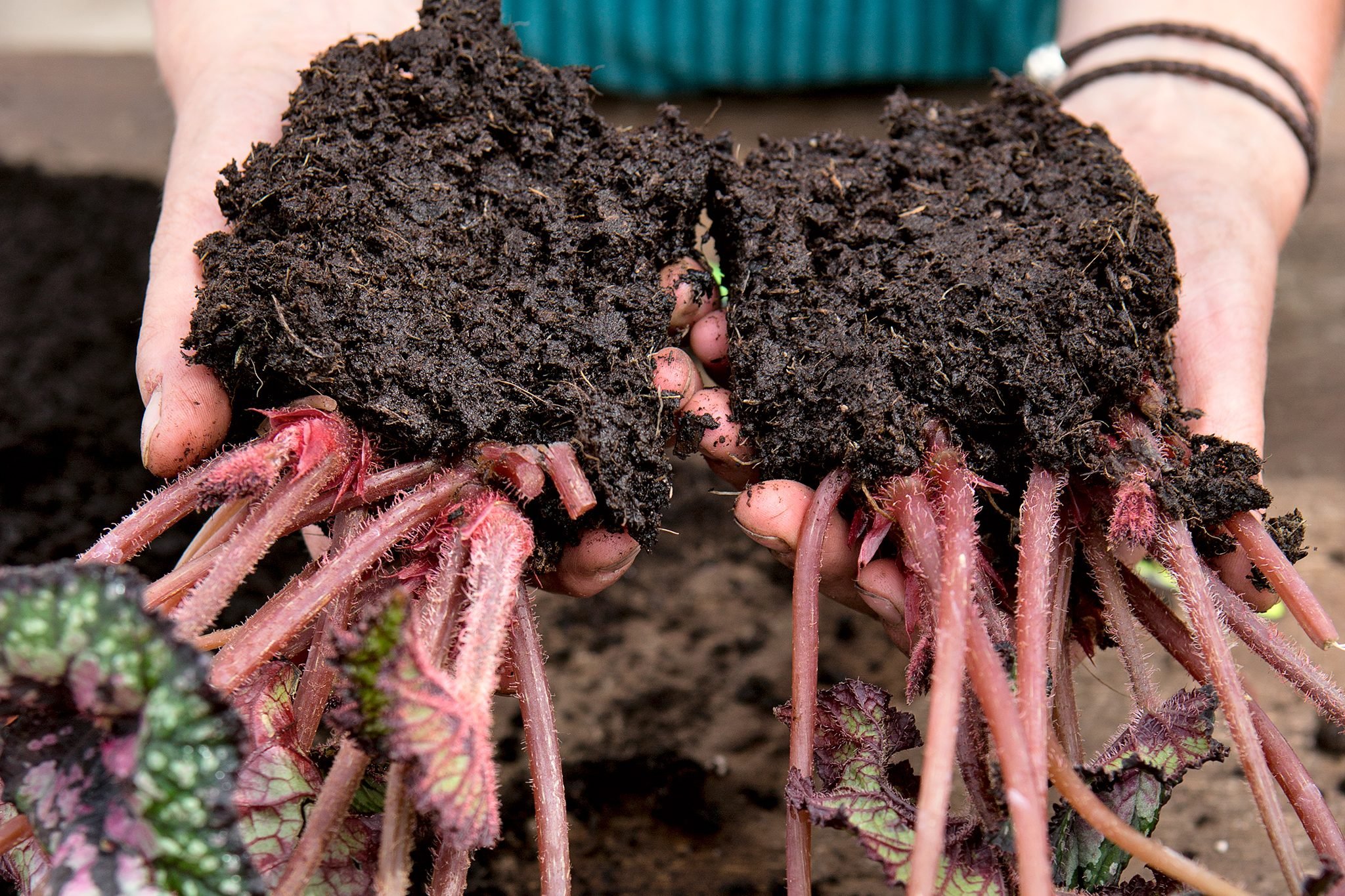
Knowing the right time to lift begonia tubers is crucial to their successful storage. Follow these guidelines:
- Lift begonia tubers in late autumn or early winter, just before the first winter. This way, the tubers are resting but not freezing.
- Watch the leaves closely. When they start turning yellow and naturally wither, it means the plant will sleep, and it’s tuber-lifting time.
- Don’t delay too much, as being in cold, wet soil for too long can cause tuber damage. Picking the right time is crucial for safe storage.
How to Dig up Begonias
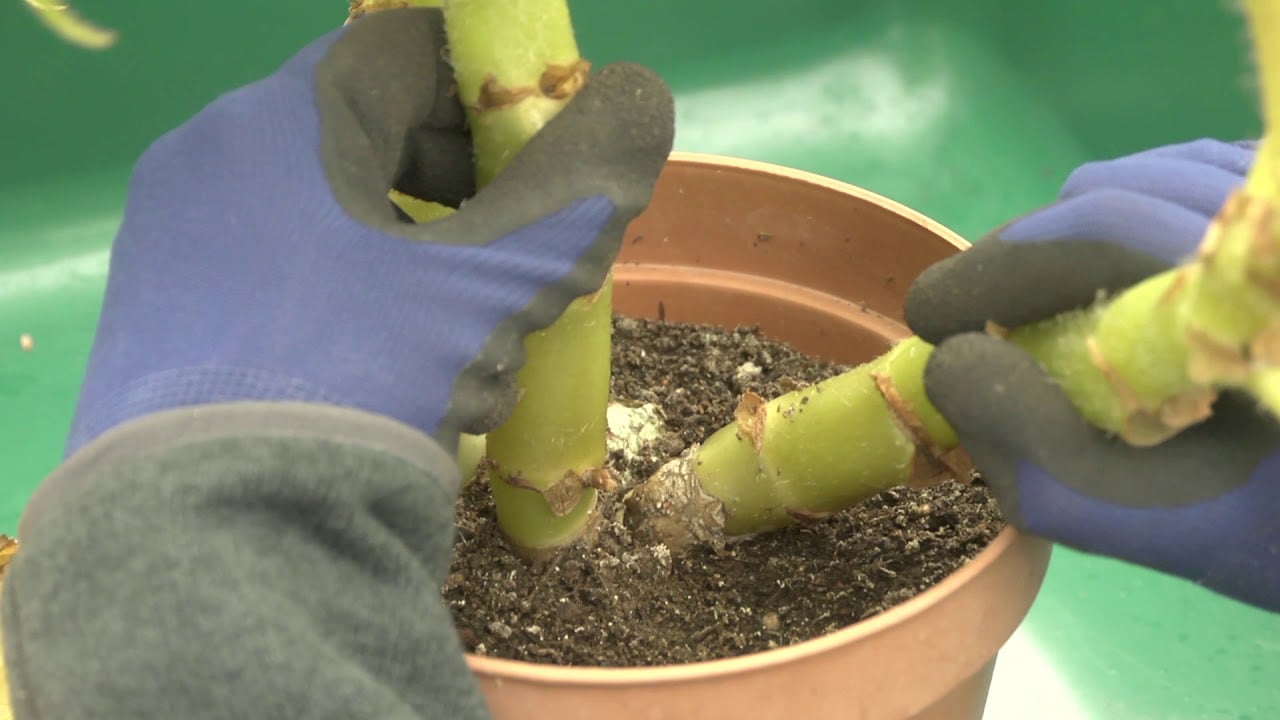
Digging up begonias correctly is important to preserve their tubers. Using a garden fork or spade, gently loosen the soil around the begonia plant. Work your way around the plant, maintaining a reasonable distance from the center to avoid damaging the tubers. Once the soil is loose, carefully lift the begonia plant from the ground. Shake off excess soil, but be cautious not to damage the tubers or roots.
Conclusion
Covering begonia tubers with soil when planting them is crucial for their well-being and growth. Soil acts like a protective shield against harsh weather, supplies essential nutrients, traps moisture, and keeps the tubers stable.
Now, you know the answer is yes, you should cover begonia tubers with soil, but not too deeply. Begonia tubers prefer a comfortable setting, so planting them about 1 to 2 inches deep in the soil is ideal.
Covering begonia tubers with soil also helps maintain the right moisture levels and shields them from extreme weather conditions. It is essential for turning those tubers into beautiful begonia plants that will bring life to your garden.

